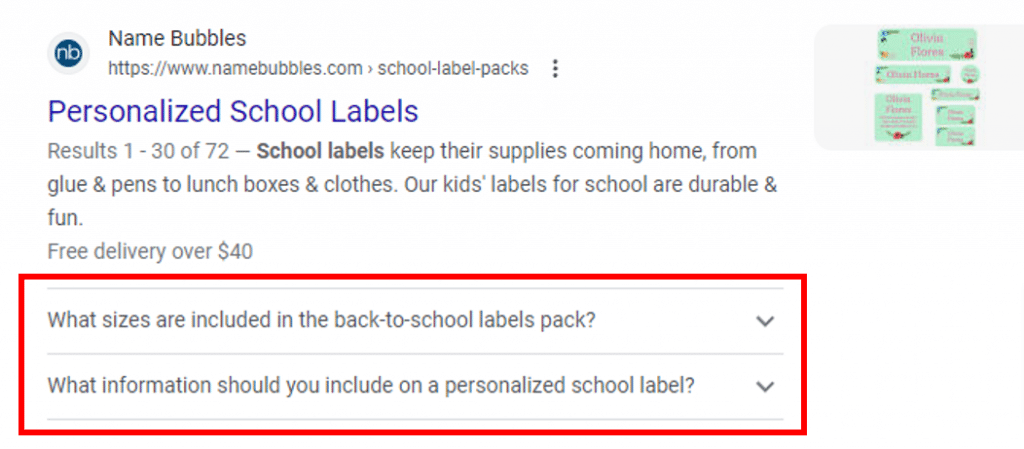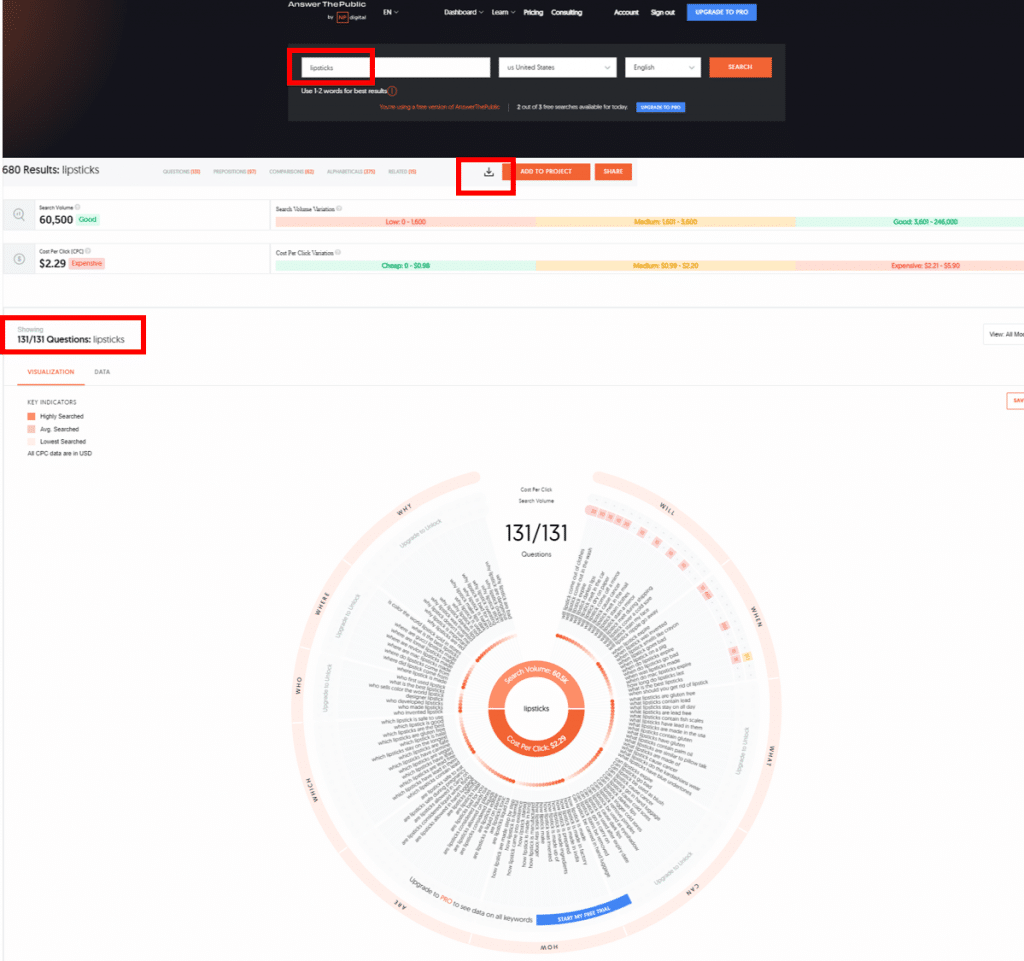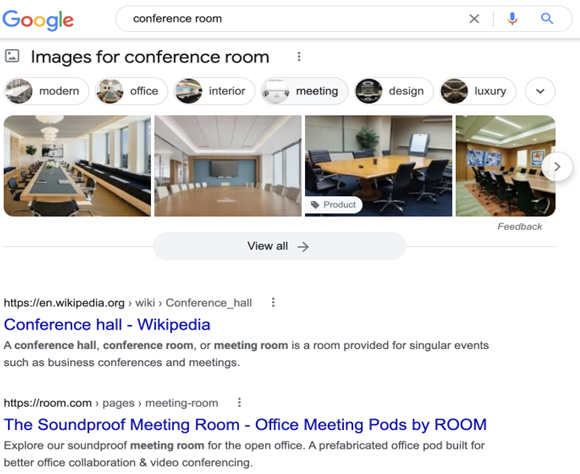
As the demand for weed products on the market increases, cannabis SEO is quickly becoming crucial for businesses to be successful in this industry.
Cannabis dispensaries and other cannabis businesses face unique advertising challenges. SEO for the cannabis industry is the only way that your website will get any traffic, as most platforms don’t allow paid advertising.
Learning cannabis SEO on your own is ineffective, as it can be complex to navigate and ineffective if you don’t know what you’re doing. Using a professional cannabis SEO agency is the best way to put your website on the first page of Google.
Cannabis SEO vs. Other Industries
The cannabis industry has been evolving rapidly in the United States over the last 10 years. As more states loosen regulations, the demand for weed has surged. The market is estimated to reach over $31.8 billion in annual sales by the end of 2023.
You’d be hard-pressed to visit a city in a legal state and not find more than a couple of dispensaries available. The online cannabis market is booming as well, with website-based dispensaries providing cannabis to those who cannot visit a physical location.
The cannabis marketing vertical is highly competitive. This is largely because cannabis brands have to use SEO as their main form of advertising due to the regulations surrounding weed.
Cannabis SEO also presents a unique problem in that it is constantly evolving based on trends and ever-changing regulations. Customers are doing more research than ever before and as such, changing their user search intent.
Keywords don’t work on their own in cannabis SEO. With the advent of voice options on devices, long-tail queries create organic searches, providing cannabis brands with a way to specifically target their audience.
For example, customers are now taking advantage of voice options on their devices, which means their search queries are more complex. Instead of searching “CBD near me,” they are searching “Where is there a store that sells CBD near me?”
Why Should You Use SEO for Cannabis Companies?
The simple answer is that organic search results from SEO strategies work. Organic search results accounted for 41% of website traffic for retail and eCommerce websites. This means that it outperforms both display advertising and social media campaigns.
One of the main issues with marketing cannabis is that, since the industry is so new to the US, people aren’t as warmed up to the idea of buying weed yet. It takes a lot of time to develop a brand that people trust. On top of that, figuring out where you can promote your brand can be a bit of a hurdle.
An SEO company can develop a strategy to help gain the trust of your customers by understanding what it is that they’re searching for. Everyone has questions, and if your website can provide the answers, you’ll become credible and recommended on search engines. SEO specialists know this and can help drive that traffic to your site through diligent keyword research and other



